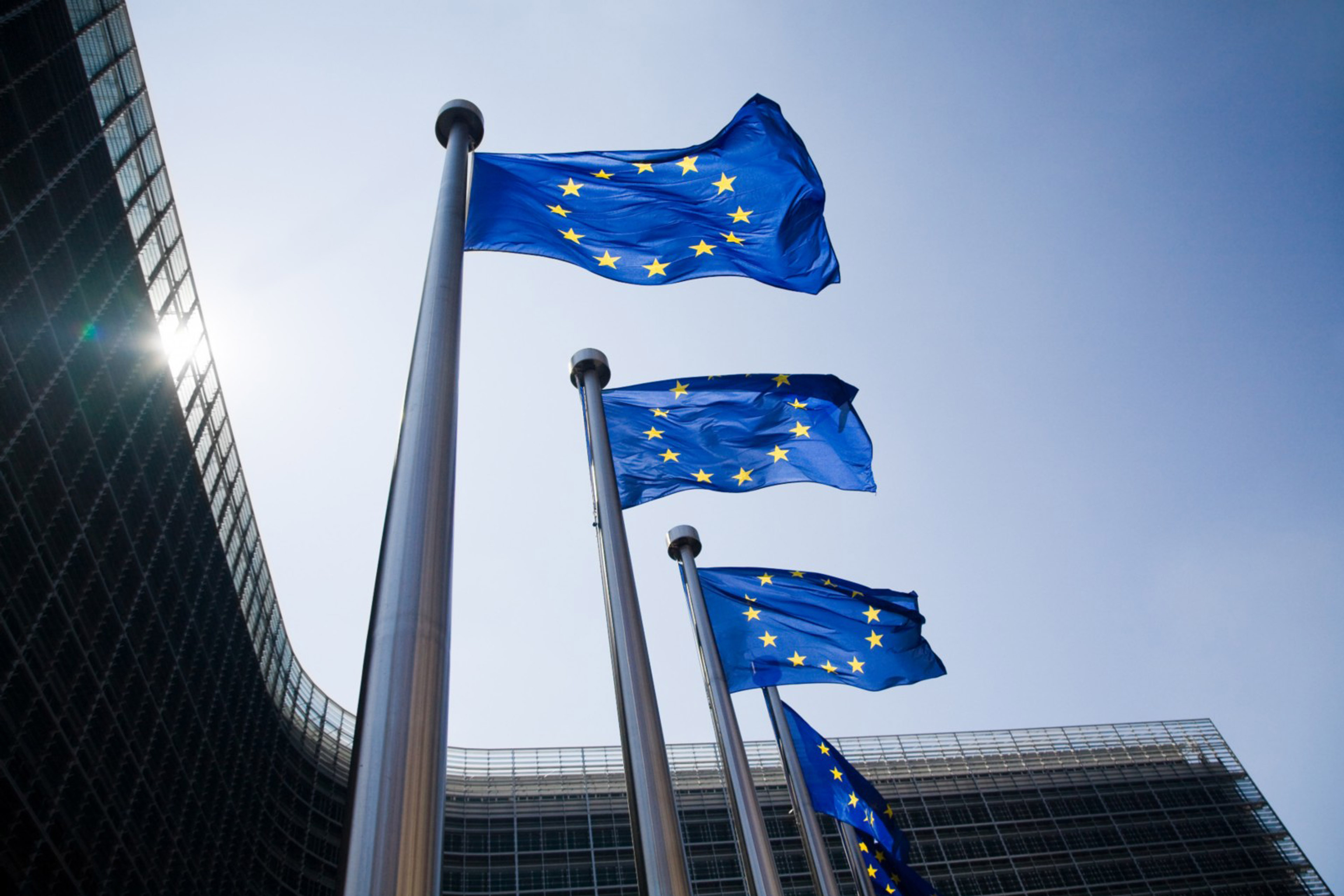Global trade
Trade forms the backbone of the world’s economies, spurring investment, job creation, economic growth, and raising standards of living.
Global trade is being increasingly disrupted as tariff tensions, political unpredictability, protectionist policies and regulatory uncertainty challenge established business models and trade relationships.
The resulting inefficiencies were challenging when the trade environment was stable. But in our increasingly volatile times with COVID-19, Brexit as well as trade and political tensions at both local and global levels, the stakes are far higher.
Now should be a breakthrough era for international trade, as technological advances are making new forms of business possible, built on a foundation of data and insight. EY professionals can help you build an integrated approach by:
- Shaping responses to changing global tariffs and trading relationships
- Reducing cost, risk and delays from your trade network
- Driving better insights through data
- Reimagining your supply chain operating model
- Leveraging technologies

Why the gender gap in international trade needs to close faster
EY Global Trade Updates

TradeWatch Global Insights
The latest issue of TradeWatch outlines key legislative and administrative developments for customs and international trade, featuring insights and tax alerts from our network of global trade professionals around the world. A special chapter on sustainability closes this edition.
The Global Insights section of our latest TradeWatch publication covers a wide range of trade topics and developments from around the world. On the agenda of this Issue 3:
- Harmonized System review cycle extended to 2028
- How disruption is shaping opportunities for global trade
- How trade functions are transforming the ‘new normal’

TradeWatch Americas Insights
Under our Americas chapter, focus is on:
- The LATAM advantage: A look at the region’s thriving Free Trade Zones
- Brazil: A step toward continuous improvement with enhancement of the AEO program
- Colombia: Crypto assets cannot be used as a means of payment for foreign trade operations

TradeWatch Asia-Pacific Insights
The Asia-Pacific chapter features articles on:
- The interplay between transfer pricing and customs valuation in Asia-Pacific;
- Japan’s new definition of Importer of Record;
- Vietnam’s draft proposal to abolish some on-the-spot export-import transactions;
- Also in Vietnam, trends in customs valuation for imported goods

TradeWatch EMEIA Insights
Under the EMEIA chapter, authors discuss the impact on business of some key topics, including:
- EU: proposed customs reform — a modern approach to e-commerce
- UAE: navigating the GCC Common Customs Law — complying with the new tax landscape
- UK: an overview of the Electronic Trade Documents Act
- Update on the UK-EU Windsor Framework

Sustainability
In this edition of TradeWatch, we highlight some key sustainability topics and issues impacting the trade function, including:
- How tax departments should prepare for CBAM
- The role of customs and trade functions in the ESG era
- Australia considers CBAM to address carbon leakage
- EU: CBAM in force
- EU: Commission and Council take steps as part of the Circular Economy Action Plan with new rules on textiles and batteries
- UK: reducing waste
- US: Uyghur Forced Labor Prevention Act in action - updated guidance and trends

TradeFlash October 2023
This edition has a roundup of the latest developments in global trade around the world.
Global Trade trends — including trade disruption, customs valuation, transfer pricing, and the interplay between trade policy and the ESG agenda — will continue to influence the trade policies of governments and the trade strategies of corporations into 2024 and beyond.
Previous TradeWatch and TradeFlash editions
TradeWatch 2, 2023
TradeFlash June 2023
TradeWatch 1, 2023
TradeWatch 3, 2022
TradeConnect
How can you spend less time on tactical/transactional activities and more on strategic and focused activities that create value? One way is to turn to EY Trade Connect — a modular technology platform that links EY clients to a broad spectrum of managed services that can adapt and evolve with the changing needs of the business.
Read more about our global trade operation services
Our latest thinking
The team
Contact us
Like what you’ve seen? Get in touch to learn more.

